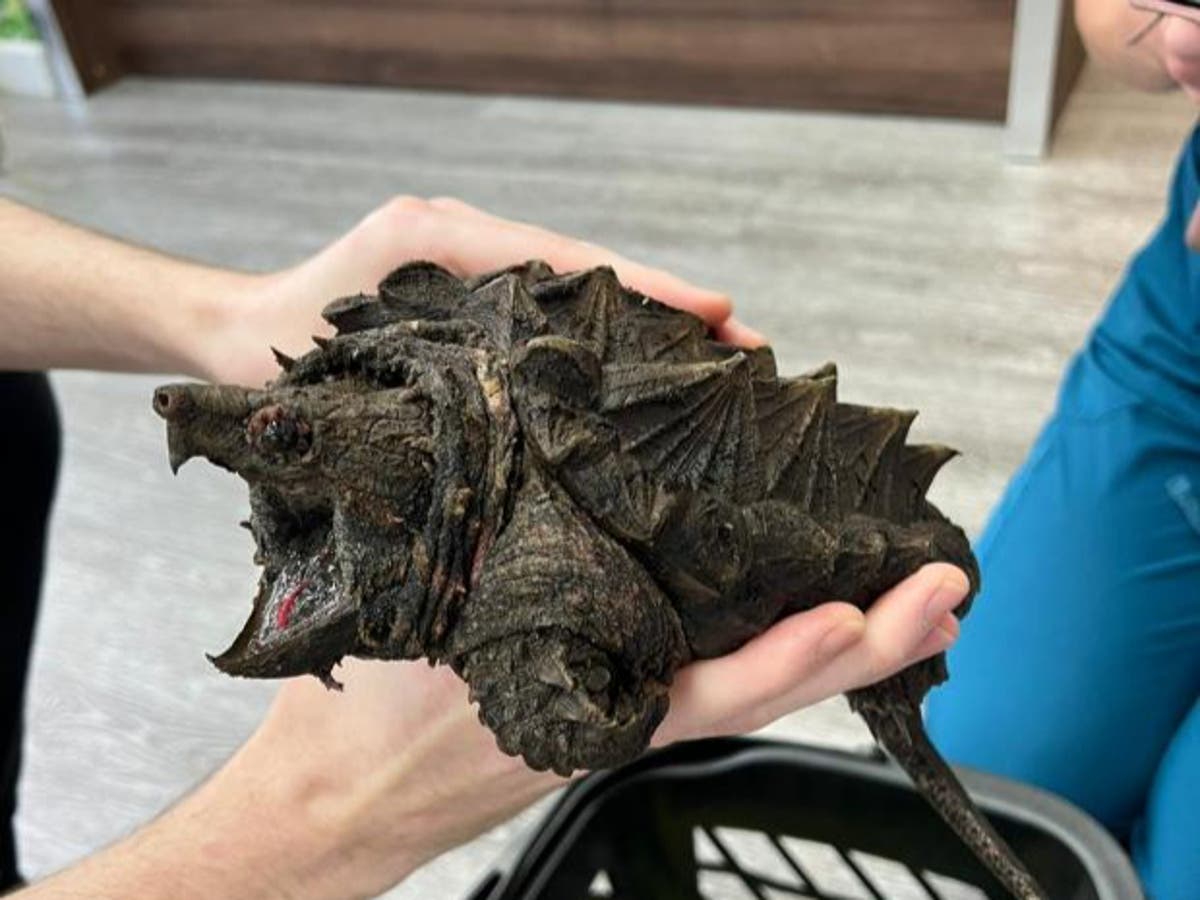- cross-posted to:
- andfinally
- cross-posted to:
- andfinally
Alternative headline: “snapping turtle found in Cumbria”
He prefers to go by the name Exotic Dinosaur-like Turtle, thank you!
They called him Fluffy
I guess if the article is for an audience that’s not familiar with the animal, this description really covers all the important points about it.
deleted by creator
I doubt there is a definitive answer if this is the first one they found. Considering it’s native to warm weather areas I doubt it would become invasive in Northern England. They did say it seemed to be doing poorly.
This is the best summary I could come up with:
A dangerous turtle capable of biting through bones has been found in a tarn in Cumbria.
An alligator snapping turtle, which is usually found in swamps and freshwater rivers in Florida, Texas and other southern parts of the United States, are known to have extremely powerful jaws.
The creature was spotted by Great Urswick residents in the tarn – which is a small lake – on the edge of the village.
After it was identified, parish councillor Denise Chamberlain took it to Wild Side Vets in Barrow.
The animals are known for their stocky armoured carapcae, which gives them a prehistoric appearance that often draws comparisons to dinosaurs.
Unlike other species of snapping turtles, their eyes are located on the sides of their head rather than their front, while their tails are long and thick.
The original article contains 237 words, the summary contains 135 words. Saved 43%. I’m a bot and I’m open source!
i saw one of these in my local pond as a kid…
thought i was tripping but then the adults confirmed that was an alligator snapping turtle…
i even looked it up in the encyclopedia
for some reason, these things haunted me more than the actual alligators in floridaOh let’s hold it with our bare hands! What a fabulous idea!



